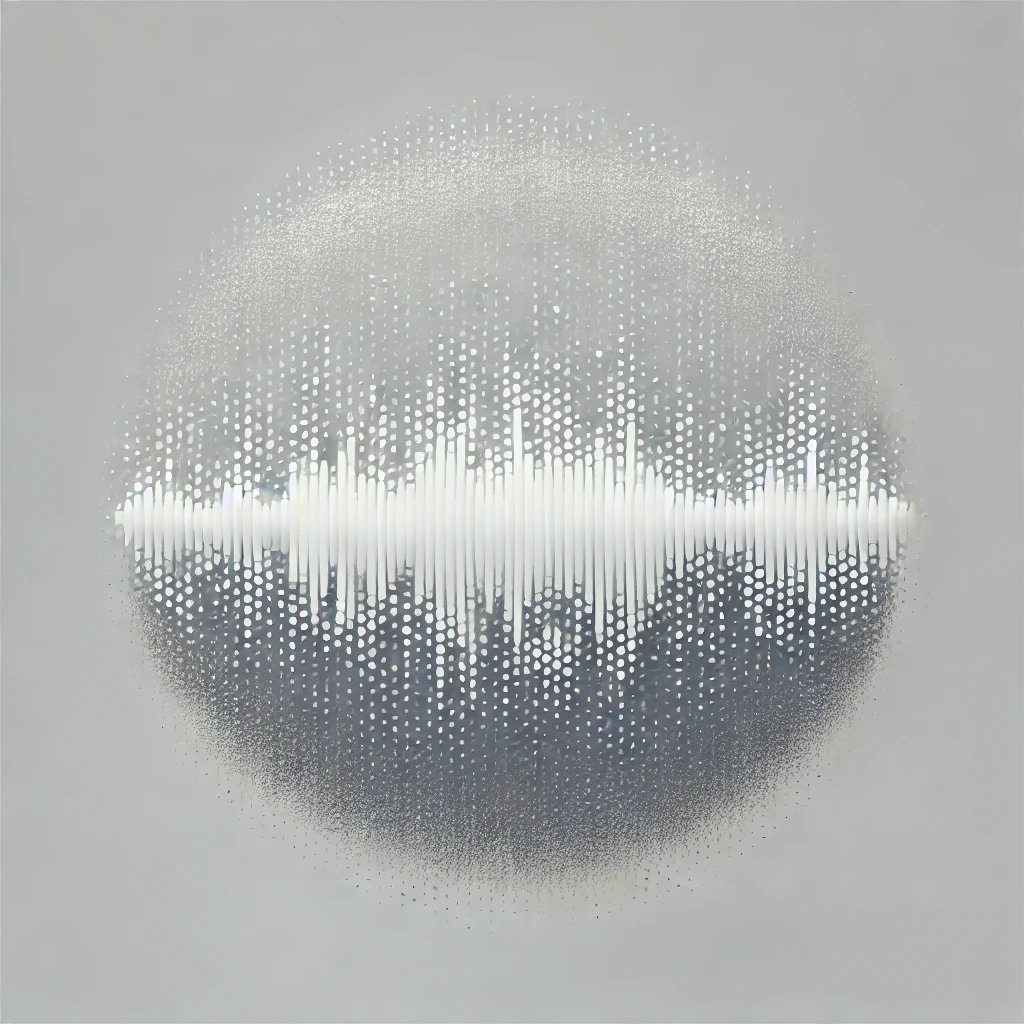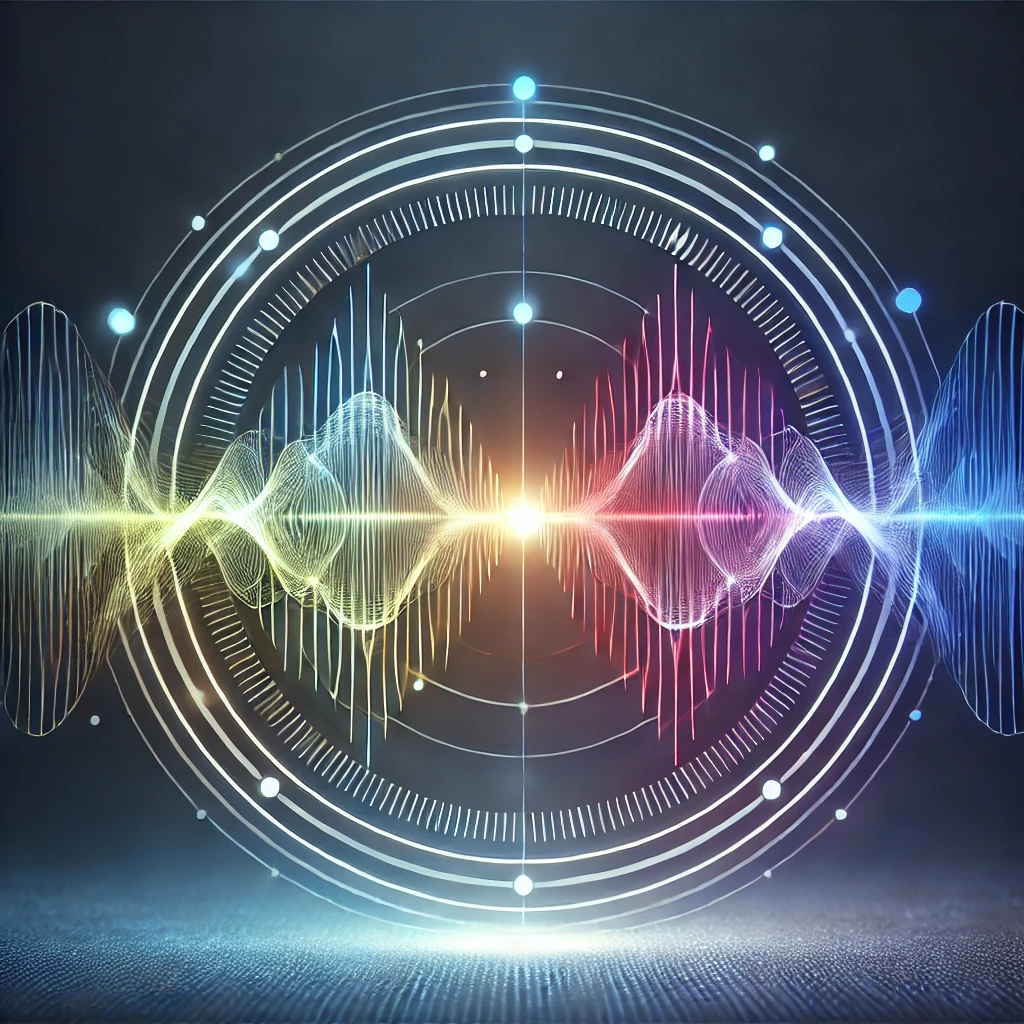Auditory Interventions for ADHD: How Sound Can Impact Focus and Attention
Are you searching for ways to improve focus and manage distractions in your daily life? For women with ADHD, sound-based interventions like brown noise, white noise, and binaural beats may offer unique tools to support attention and calm. These auditory approaches are growing in popularity, and while some are backed by research, others are still emerging. Let’s explore how sound might be the key to unlocking better focus for you.

Unlock Focus with Sound: ADHD-Friendly Tools for Women
Struggling to cut through the mental noise and stay focused? Women with ADHD face unique challenges in managing distractions, but sound-based tools like brown noise, white noise, and binaural beats might be your secret weapon. These auditory interventions are growing in popularity, offering simple ways to enhance attention and calm. Let’s dive into how sound can support your ADHD brain—and how to start experimenting today.
What Are Auditory Interventions?
Auditory interventions use sound to influence how your brain processes information, helping to reduce distractions, calm mental chatter, or even improve focus. Each type of sound works differently:
- Brown Noise: Deep, soothing tones that resemble thunder or ocean waves.
- White Noise: Static-like sound with equal intensity across all frequencies.
- Binaural Beats: Auditory illusions created when slightly different frequencies are played in each ear, creating a pulsing effect.
These tools are not one-size-fits-all, so it’s essential to try them out to see which best suits your needs.
What Does the Research Say?
Brown Noise: Grounding Calm for Better Focus
- What It Sounds Like: Many describe low, soothing frequencies and say its grounding.
- Why It’s Popular: ADHD communities rave about brown noise for reducing anxiety and improving task persistence.
- Research Gaps: While widely loved, scientific evidence confirming its benefits is limited (Oregon Health & Science University, 2024).
White Noise: A Research-Backed Focus Booster
- What It Sounds Like: A consistent static sound, similar to TV static.
- Proven Benefits:
- Studies show white noise improves attention and memory in children with ADHD (Chen et al., 2022; Söderlund et al., 2010).
- It’s particularly effective for neurodivergent brains, helping to mask distractions (Oregon Health & Science University, 2024).
- Considerations: May slightly hinder focus for people without ADHD (Söderlund et al., 2010).
Binaural Beats: Stimulating Focus Through Sound

- What It Sounds Like: A rhythmic pulse created by playing different tones in each ear.
- Research Insights:
- Binaural beats can reduce mind-wandering and improve memory, though results vary (Malandrone et al., 2022).
- Studies suggest medium but promising effects on focus (López-Caballero & Escera, 2017).
- Challenges: Best practices are still emerging, and effectiveness can differ greatly between individuals.
How Can Sound Therapy Help ADHD Symptoms?
Auditory interventions target some of the most common ADHD challenges:
- Distractibility: Mask background noise to stay on task.
- Mind-Wandering: Provide a steady auditory backdrop to anchor focus.
- Memory Issues: Enhance working memory and information retention (Chen et al., 2022).
- Sleep Struggles: Create a calming environment for better rest.
Quick Start Guide to Sound Therapy
Ready to give sound therapy a try? Follow this step-by-step guide to get started:
Step 1: Choose Your Sound
- Brown Noise: Use during tasks requiring focus or in noisy spaces.
- Find It: Free tracks on Spotify or YouTube.
- Pro Tip: Monitor your energy—too much brown noise can feel overly relaxing.
- White Noise: Ideal for study sessions or sleep.
- Find It: Apps like Noisli or SimplyNoise offer customizable options.
- Pro Tip: Keep the volume low enough to avoid new distractions.
- Binaural Beats: Great for focused work when using headphones.
- Find It: Platforms like Brain.fm specialize in ADHD-friendly tracks.
- Pro Tip: Choose beats designed for attention or relaxation, depending on your goals.
Step 2: Test in a Controlled Environment
Try your chosen sound in a quiet space first to see how it affects your mood, energy, and focus.
Step 3: Track Your Results
Keep a journal or use a habit tracker to log how different sounds impact your focus, calm, and productivity.
Comparison Table: Which Sound Therapy is Best for You?
| Sound Type | Best For | Pro Tip |
|---|---|---|
| Brown Noise | Reducing anxiety, grounding | Use when you need calm but not sleepiness. |
| White Noise | Sustained focus, memory boost | Adjust volume to mask distractions. |
| Binaural Beats | Deep focus, reducing mind-wandering | Use stereo headphones for best results. |
Empowering Your ADHD Journey
Finding focus can feel like an uphill battle, but you’re not alone. Sound therapy for ADHD offers a simple, low-cost way to experiment with tools that may calm your ADHD brain and sharpen your focus. Whether you find clarity in the rumble of brown noise, the consistency of white noise, or the rhythm of binaural beats, these options can help you create an environment that works for you.
References I consulted in writing this article
Chen, I.-C., Chan, H.-Y., Lin, K.-C., Huang, Y.-T., Tsai, P.-L., & Huang, Y.-M. (2022). Listening to white noise improved verbal working memory in children with attention-deficit/hyperactivity disorder: A pilot study. International Journal of Environmental Research and Public Health, 19(12), 7283. https://doi.org/10.3390/ijerph19127283
López-Caballero, F., & Escera, C. (2017). Binaural beat: A failure to enhance EEG power and emotional arousal. Frontiers in Human Neuroscience, 11, 557.
Malandrone, F., Spadotto, M., Boero, M., Bracco, I. F., & Oliva, F. (2022). A pilot add-on randomized-controlled trial evaluating the effect of binaural beats on study performance, mind-wandering, and core symptoms of adult ADHD patients. European Psychiatry, 65(S1), S274–S274. https://doi.org/10.1192/j.eurpsy.2022.701
Oregon Health & Science University. (2024, August 9). White, pink noise improve focus for children with ADHD, OHSU study shows. OHSU News.
Söderlund, G. B., Sikström, S., Loftesnes, J. M., & Sonuga-Barke, E. J. (2010). The effects of background white noise on memory performance in inattentive school children. Behavioral and Brain Functions, 6, 55. https://doi.org/10.1186/1744-9081-6-55

